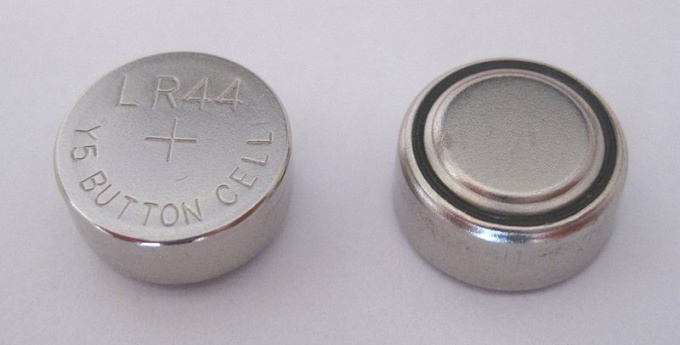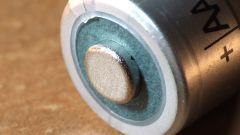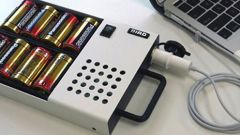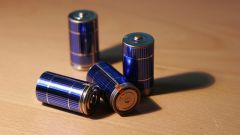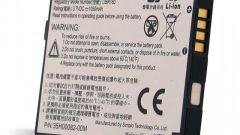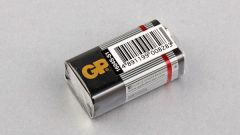Instruction
1
Make sure that the clock battery is indeed the manganese-zinc or silver-zinc, not lithium. The latter do not attempt to charge in any case is flammable and explosive. Lithium batteries are labeled beginning with ML and CR, silver-zinc - STS, manganese-zinc - LR, AG. Also the clock battery needs to be discharged recently and have no signs of corrosion. Conventional (non-hour) batteries to charge not even if they are not lithium.
2
Check the Pinout-hour batteries. Contact large, occupying almost the entire area of the case, it is usually positive but small, similar to the ledge - minus. For comparison, the normal batteries AA or AAA the location of the poles is opposite.
3
From scrap materials (pins, springs, coins, etc.) to make a holder for the watch batteries. Requirements are as follows:
- it needs to securely hold the battery even when the vibrations;
- short circuit the battery when its random shift should be completely excluded;
- in the absence of time the batteries should not zamorachivatsya power source;
- the holder must be visible marked with the polarity clock batteries.
- it needs to securely hold the battery even when the vibrations;
- short circuit the battery when its random shift should be completely excluded;
- in the absence of time the batteries should not zamorachivatsya power source;
- the holder must be visible marked with the polarity clock batteries.
4
Take a factory holder for ordinary batteries AA. Connect the positive output to the positive contact of a homemade holder hour batteries, and minus - to minus. Rigidly mount all the parts on the insulating non-combustible base.
5
Insert into the device first clock battery, and then the usual. The latter, in order to avoid excess charging current must be salt (not alkaline). Both batteries connect with the correct polarity. Close the device insulating, non-combustible cover.
6
Wait a few hours. Then disable normal at first, and then and hour battery. The latest move in the watch. Enough for about two months, and re-charge it you can still about three times. Ordinary batteries will be enough to recharge up to twenty hours.
